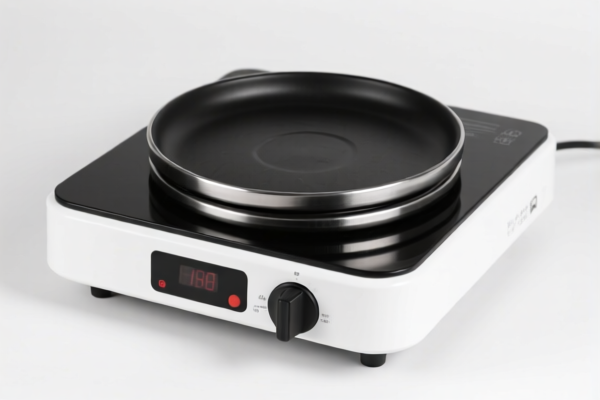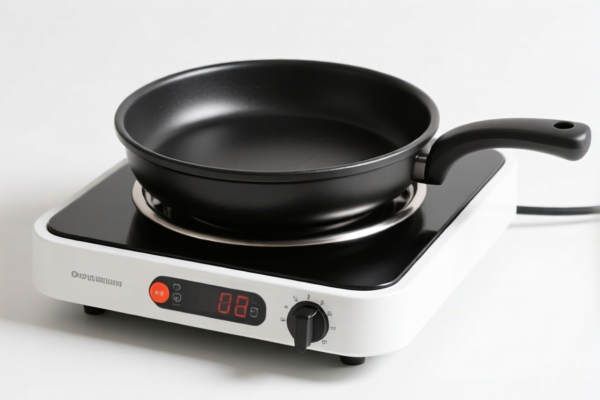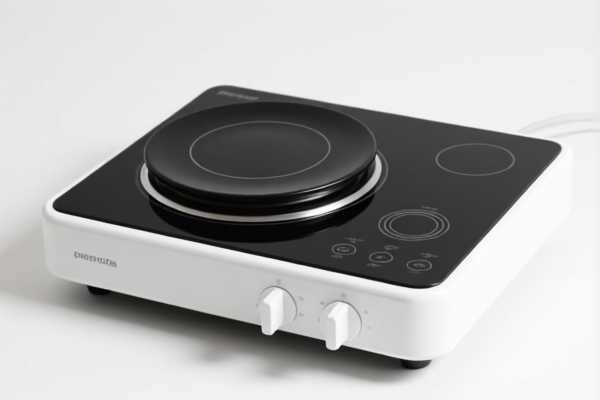| HS Code | Official Doc | Tariff Rate | Origin | Destination | Effective Date |
|---|---|---|---|---|---|
| 8545904000 | Doc | 55.0% | CN | US | 2025-05-12 |
| 8545194000 | Doc | 55.0% | CN | US | 2025-05-12 |
| 8543708000 | Doc | 55.0% | CN | US | 2025-05-12 |
| 8543906800 | Doc | 55.0% | CN | US | 2025-05-12 |
| 7326908688 | Doc | 82.9% | CN | US | 2025-05-12 |
| 7326908688 | Doc | 82.9% | CN | US | 2025-05-12 |
| 7418100051 | Doc | 40.5% | CN | US | 2025-05-12 |
| 7418100021 | Doc | 40.5% | CN | US | 2025-05-12 |
| 7419805050 | Doc | 55.0% | CN | US | 2025-05-12 |
| 7419800900 | Doc | 58.0% | CN | US | 2025-05-12 |
| 8419815080 | Doc | 37.5% | CN | US | 2025-05-12 |
| 8419909580 | Doc | 59.0% | CN | US | 2025-05-12 |
| 8514400000 | Doc | 55.0% | CN | US | 2025-05-12 |
| 8514908000 | Doc | 55.0% | CN | US | 2025-05-12 |
| 8439991000 | Doc | 55.0% | CN | US | 2025-05-12 |
| 8439995000 | Doc | 55.0% | CN | US | 2025-05-12 |
| 8479899565 | Doc | 32.5% | CN | US | 2025-05-12 |
| 8479899565 | Doc | 32.5% | CN | US | 2025-05-12 |




Electric Skillet
An electric skillet is a self-contained cooking appliance consisting of a flat, heated surface and a temperature control mechanism. It is used for a variety of cooking tasks, offering versatility and convenience.
Material
Electric skillets are typically constructed with the following materials:
- Cooking Surface: Non-stick coated aluminum is most common, offering easy food release and cleaning. Stainless steel surfaces are also available, providing durability and even heating but requiring more oil to prevent sticking. Ceramic-coated surfaces are increasingly popular for their non-stick properties and perceived health benefits.
- Housing: Typically made of painted steel or stainless steel.
- Heating Element: Electric resistance coils are embedded within the base of the skillet.
- Handles: Often made of plastic or metal with heat-resistant coatings.
Purpose
The primary purpose of an electric skillet is to provide a portable and controlled heating surface for cooking. It offers an alternative to stovetop cooking, particularly useful when:
- Additional Cooking Space is Needed: During holidays or when preparing large meals.
- Temperature Control is Critical: For delicate cooking tasks like sauces or keeping food warm.
- Cooking in Locations Without a Stove: RVs, dorm rooms, or outdoor events.
- Serving Food Directly: Many skillets are designed to be used both for cooking and serving.
Function
Electric skillets function by converting electrical energy into heat through an electric resistance coil. Key features and functionalities include:
- Adjustable Temperature Control: Allows users to select specific heat levels, often ranging from warm to high.
- Heating Indicator Light: Indicates when the skillet has reached the set temperature.
- Removable Cooking Pot: Facilitates easy cleaning.
- Detachable Cord: For convenient storage and portability.
- Lid: Often included, to trap heat and moisture for simmering or steaming.
- Drip Tray: Some models include a drip tray to collect excess grease.
Usage Scenarios
Electric skillets are versatile and can be used for a wide range of cooking applications:
- Frying: Chicken, fish, potatoes, eggs, etc.
- Sautéing: Vegetables, meats, and sauces.
- Simmering: Soups, stews, and chili.
- Braising: Meats and vegetables.
- Baking: Cakes, cookies, and cornbread (some models are specifically designed for baking).
- Keeping Food Warm: Buffets, potlucks, and family gatherings.
- Breakfast Cooking: Pancakes, bacon, eggs, and hash browns.
Common Types
- Standard Electric Skillet: The most common type, with a flat cooking surface and adjustable temperature control.
- Deep Fryer Electric Skillet: Features deeper sides for frying larger quantities of food. Often includes a basket for easy removal.
- Griddle Electric Skillet: Features a larger, flat surface ideal for pancakes, French toast, and grilled sandwiches.
- Non-Stick Electric Skillet: Coated with a non-stick material for easy food release and cleaning.
- Digital Electric Skillet: Features a digital display and precise temperature control.
- Portable Electric Skillet: Smaller in size and designed for travel or limited kitchen space.
Based on the provided reference material, the following HS codes may be relevant to “electric skillet”:
-
8419815080: Machinery, plant or laboratory equipment, whether or not electrically heated (excluding furnaces, ovens and other equipment of heading 8514), for the treatment of materials by a process involving a change of temperature such as heating, cooking, roasting, distilling, rectifying, sterilizing, pasteurizing, steaming, drying, evaporating, vaporizing, condensing or cooling, other than machinery or plant of a kind used for domestic purposes; instantaneous or storage water heaters, nonelectric; parts thereof: Other machinery, plant or equipment: For making hot drinks or for cooking or heating food: Cooking stoves, ranges and ovens Other.
- 84: Machinery and mechanical appliances.
- 19: Machinery, plant or laboratory equipment, not elsewhere specified or included.
- 81: For the treatment of materials by a process involving a change of temperature.
- 50: Other machinery, plant or equipment.
- This HS code covers machinery used for cooking or heating food, specifically cooking stoves, ranges, and ovens. An electric skillet falls under this category as it is a device used for cooking food through heating.
-
8545194000: Carbon electrodes, carbon brushes, lamp carbons, battery carbons and other articles of graphite or other carbon, with or without metal, of a kind used for electrical purposes: Electrodes: Other: Other.
- 85: Electrical machinery and equipment.
- 45: Electrical machinery and equipment having individual functions not specified or included elsewhere.
- 19: Carbon electrodes, carbon brushes, lamp carbons, battery carbons and other articles of graphite or other carbon.
- 40: Electrodes.
- This HS code applies to electrical components used in the skillet, such as carbon electrodes.
-
8514400000: Other equipment for the heat treatment of materials by induction or dielectric loss.
- 85: Electrical machinery and equipment.
- 14: Machinery for the heat treatment of materials.
- 40: Other equipment for the heat treatment of materials by induction or dielectric loss.
- This HS code covers equipment used for heat treatment, which could include electric skillets utilizing dielectric loss heating.
Regarding HS code 8419815080, please note that this covers machinery not for domestic purposes. If the electric skillet is intended for household use, this code may not be appropriate.
Customer Reviews
No reviews yet.